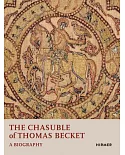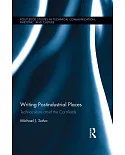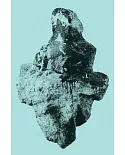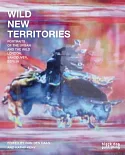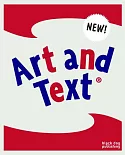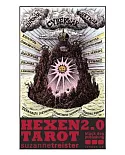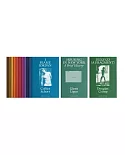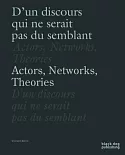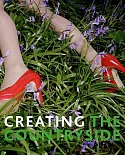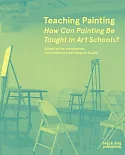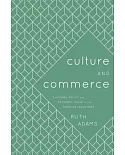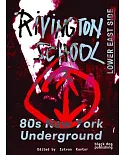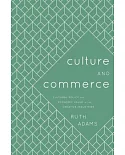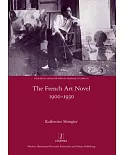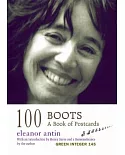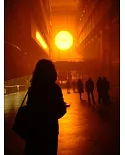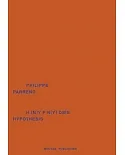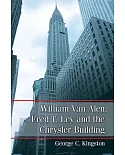This collection of essays revisits gender and urban modernity in nineteenth-century Paris in the wake of changes to the fabric of the city and social life. In rethinking the figure of the
flâneur, the contributors apply the most current thinking in literature and urban studies to an examination of visual culture of the period, including painting, caricature, illustrated
magazines, and posters. Using a variety of approaches, the collection re-examines the long-held belief that life in Paris was divided according to strict gender norms, with men free to roam
in public space while women were restricted to the privacy of the domestic sphere. Framed by essays by Janet Wolff and Linda Nochlin--two scholars whose work has been central to the
investigation of gender and representation in the nineteenth century--this collection brings together new methods of looking at visual culture with a more nuanced way of picturing city life.


